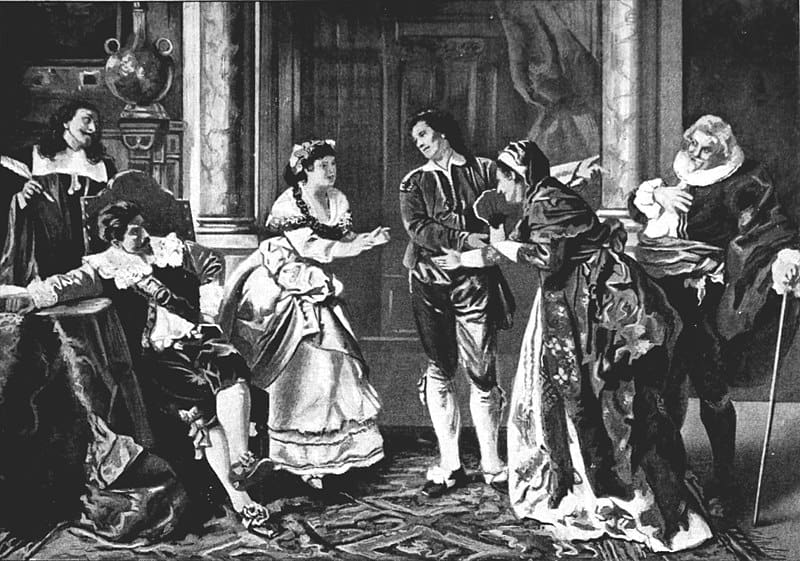When George Washington assumed command of the Continental Army in 1775, he was stunned to learn there was less than one-tenth of the gunpowder his army needed in stock. There were other shortages equally severe. Cannon balls, mortar shells, and the cannon and mortars to fire them were scarce. So were serviceable muskets, lead to make bullets, bayonets, clothing, shoes and boots, tents and blankets. All had to be obtained, which led to yet another pressing shortage – money. Congress didn’t have any, nor did it have the power to levy taxes to raise some. The only good thing Washington found in the situation was the British didn’t know how weak the colonists were.

Clearly, help was needed from somewhere. Unknown to Washington and Congress at the time was the machinery to provide aid was already being developed in Europe. It was created by a French courtier, writer, and spy for King Louis XVI of France. Before Benjamin Franklin and his delegation arrived in France to solicit aid for the Americans, French operations to provide it were underway. It had the tacit approval of the King and his court, so long as it remained secret. London and Paris were awash with spies. Keeping a secret of such magnitude was difficult, but a capable and largely forgotten hero of the American Revolution rose to the task.

1. Pierre-Augustin Caron de Beaumarchais was a French version of Benjamin Franklin
Beaumarchais is best remembered today through a character he created for three of the plays he wrote. The character was Figaro, later immortalized in the Mozart opera The Marriage of Figaro. But it would be wrong to identify Beaumarchais as merely a playwright. He was a skilled watchmaker, a publisher, and a musician of considerable talent. An inventor, he created a movement for pocket watches that made them more accurate. He was a patron of King Louis XVI. He was also a diplomat for the French court and used his position at Louis’ request to serve as a spy in Great Britain. By 1775, Beaumarchais had extensive contacts with the Spanish, French, Dutch, and British governments.
Beaumarchais was a man not above bribing judges in civil suits to obtain favorable verdicts. He also knew what the inside of a jail cell looked like, having been incarcerated in Spain in a dispute over a mistress shared with the Duke of Chaulnes. As a servant of Louis XV, he conducted covert missions in London, Vienna, and Amsterdam, serving his French monarch as a spy. He was in London to extract or silence another French spy, the Chevalier D’Eon, when he learned of the nature of the dispute between Britain and its colonies in North America. Beaumarchais became a conduit of information to the French court. His reports to Paris were always approving of the Americans, and often exaggerated the size of the rebellion.

